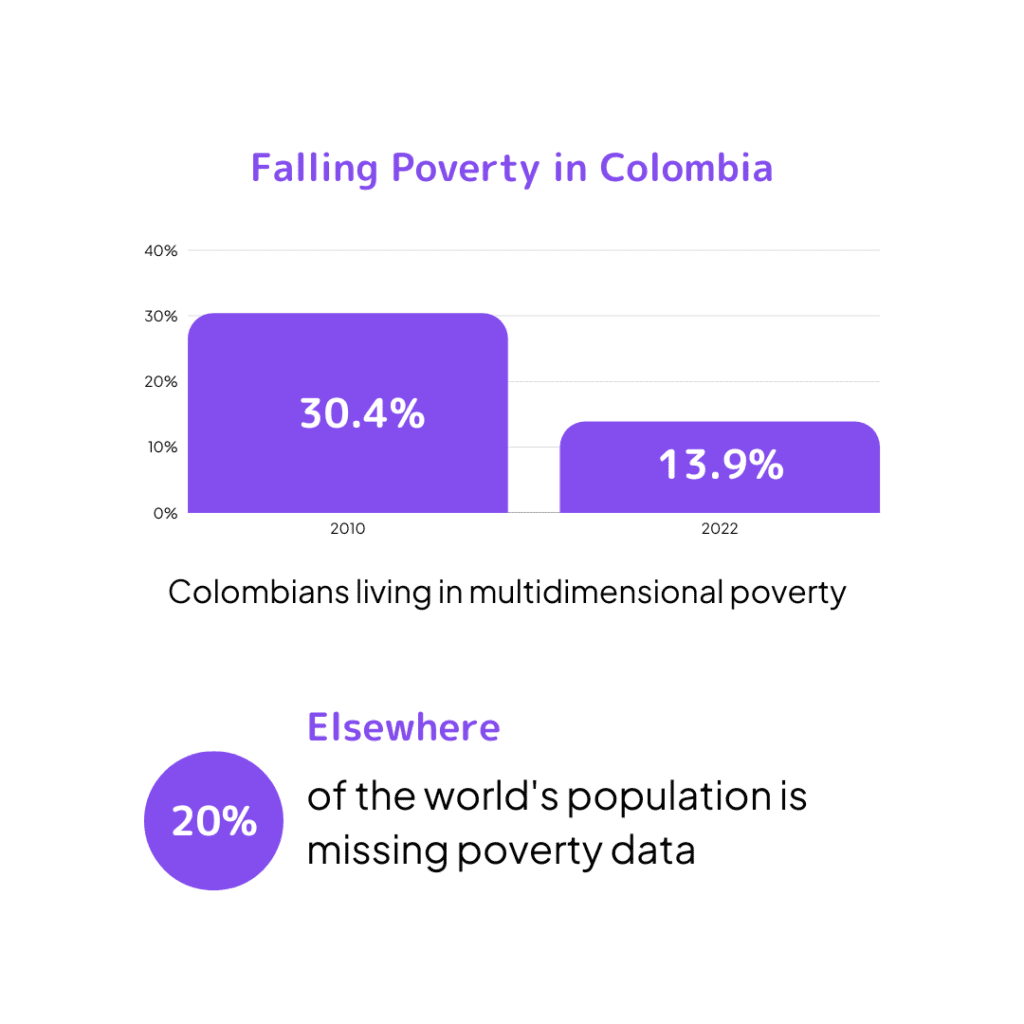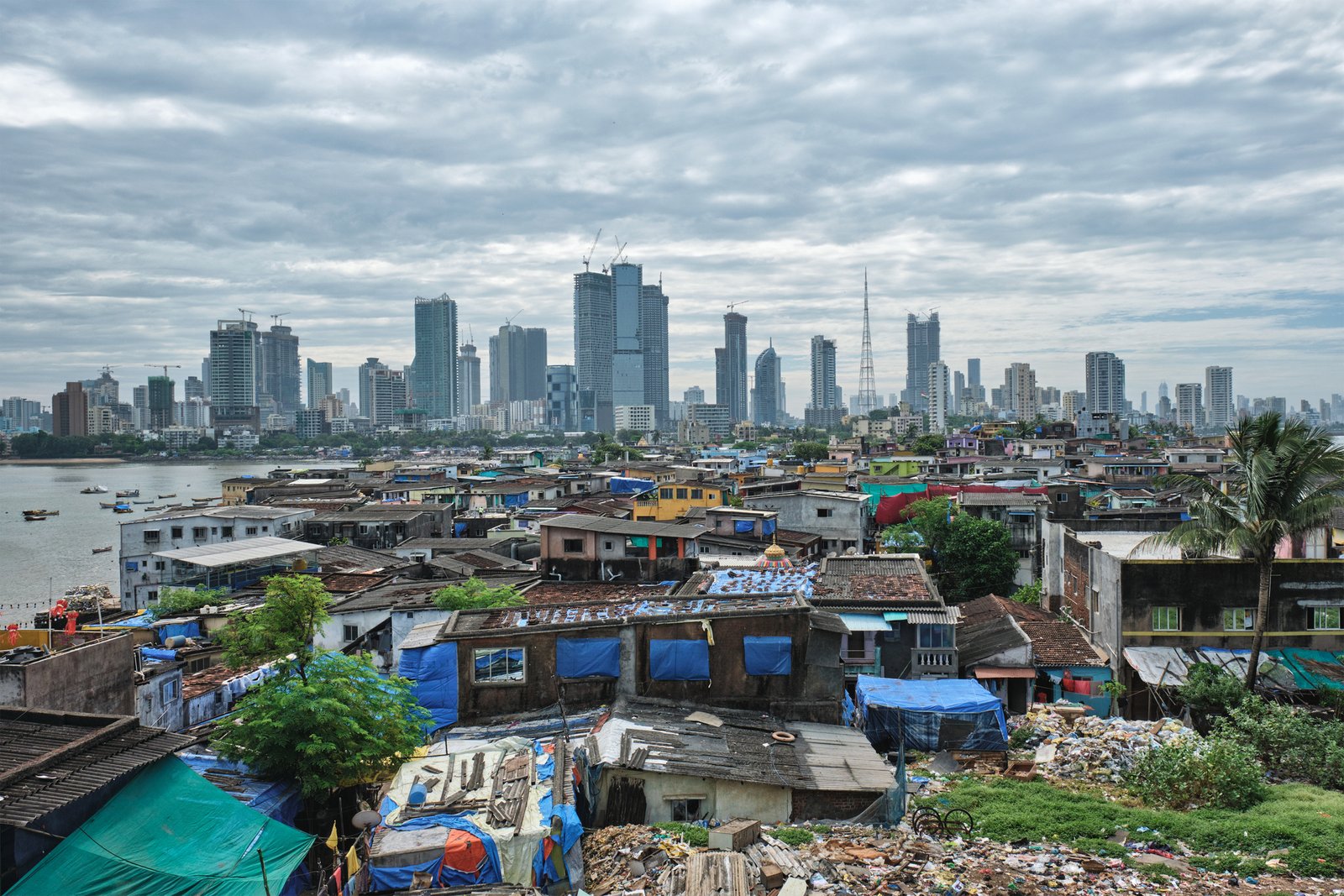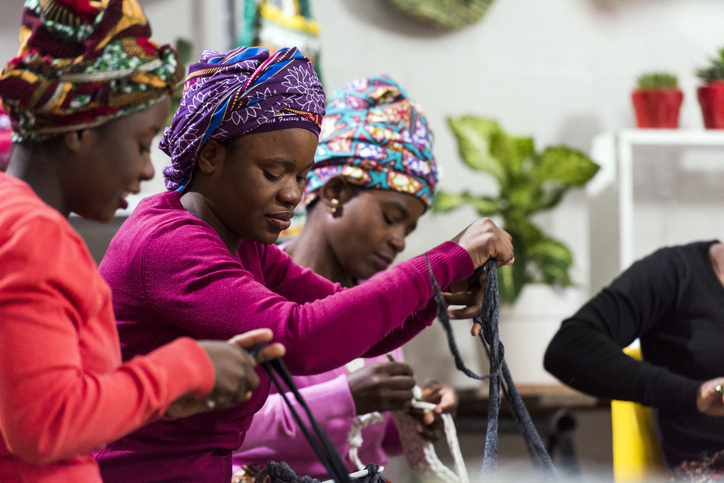The lack of recent poverty data that renders millions unseen and unheard threatens progress towards the Sustainable Development Goals. This article highlights the urgency of better data collection to ensure that no-one is left behind in the quest to eradicate global poverty.
The last time comprehensive household data was collected in Niger, it was 2012. The results were chilling. Nine in 10 people were found to be living in multidimensional poverty – a measure of poverty that includes deprivations beyond income. This was the highest incidence of multidimensional poverty in the world at the time.
Of these 9-in-10 faces, 685,000 were amongst the poorest in the world, simultaneously experiencing every single type of deprivation tracked by the Global Multidimensional Poverty Index: under-nutrition, infant mortality, a lack of education, no electricity, unsafe water and cooking fuel, substandard housing, inadequate sanitation, and a lack of assets.
The data gave the world a clear window to the stark reality of a nation battling severe poverty. It spotlighted injustice and those who most required support.
The Sustainable Development Goals (SDGs) and poverty
When 193 countries adopted the 2030 Agenda for Sustainable Development in 2015, they made a collective promise to the world’s most vulnerable people: no-one will be left behind. And the agenda for the Sustainable Development Goals (SDGs) recognises poverty – in all its forms – as the greatest global challenge.
SDG 1, No Poverty, aims to halve the proportion of people living in poverty in all its dimensions according to national definitions. The ambition is clear and admirable.
But more than seven years have drifted since the SDGs were adopted, and the picture of multidimensional poverty in Niger remains frozen in time. We cannot say with certainty whether poverty’s vice-like grip has loosened or tightened since 2012. What is known, however, is that Niger has not been spared the battering storms of the COVID-19 pandemic nor rising violence within and along its borders. And climate disasters have added weight to the already over-burdened shoulders of its people who predominantly rely on livestock herding and farming for their livelihoods.
Simply put, we cannot tell if Niger’s people are falling even further behind. And it is not just Niger. Nineteen countries that are home to more than 20% of the world’s population (1.77 billion) lack multidimensional poverty data for the SDG era. These span Yemen to Sudan, Barbados to Ukraine. Not all are poor: data is missing for China – a beacon of contemporary poverty reduction. The Global Multidimensional Poverty Index – an annually updated report conducted by the Oxford Poverty and Human Development Initiative and the United Nations Development Programme – provides important insights to inform and accelerate efforts to end poverty in all its forms. In 2023, the report excludes South Sudan and Burkina Faso because their data is too old. But poverty still devastates lives in all these countries – and requires visibility, as well as redress.
Why we must keep poverty data up-to-date
The COVID-19 pandemic threw another spanner in the works by delaying many household surveys. The Multiple Indicator Cluster Surveys, led by UNICEF, the Demographic and Health Surveys supported by USAID, and national surveys, are critical tools in the global development landscape. They provide the data needed to inform, evaluate, and advocate for interventions that improve the well-being of the most vulnerable.
The delays of such surveys mean that we do not have a clear picture of how the pandemic impacted poverty. In a world pledged to “leave no one behind” these lacunas of data make the promise hollow, as an advisory group to the UN asserts that data is the very “raw material for accountability”.
This dearth of up-to-date data is not inconsequential. It is a chasm that swallows whole the realities of those most in need of the world’s attention. It renders people unseen and unheard. And, thus, they are overlooked and left behind.
In Sub-Saharan Africa – where the majority of the world’s poor live – data is scarcest. On the African continent, Christopher Yeh and his Stanford colleagues calculate that, at current rates of data collection, a household will appear in a representative survey less than one time every 1,000 years. At the same time, the wealth of billionaires is meticulously tracked and updated by Forbes every five minutes, a stark contrast that underscores our misplaced priorities. “One of the most fundamental inequalities”, according to a UN report, “is between those who are counted and those who are not.”
Beyond accountability, data is vital for effective interventions that address poverty. Up-to-date poverty data, gleaned through representative surveys or censuses, is like a guiding light for policymakers navigating through a foggy overpass.
In 2011, Colombia reimagined its National Multidimensional Poverty Index into an annually updated map that streamlined programs and funnelled resources to where they are needed most. This map allows policymakers to see who is poor – based on aspects like age, gender, and location – and how they are poor, based on dimensions like education, health, and living standards. In 2010, 30.4% of Colombians were multidimensionally poor. Fast-forward to 2022, that figure had shrunk to 13.9%.

But without up-to-date data, even well-intentioned policies can veer off course. In the midst of the COVID-19 pandemic, the Indian government offered a monthly allotment of rice and pulses to all ration card holders. 814 million people qualified for the emergency relief. But the basis for calculating who was eligible was partly based on a decade-old census. Millions of poor Indians potentially missed out on emergency rations. Data, then, is important for both accountability to people in poverty, and to effectively address poverty.
With backs against the wall, the UN meets in September 2023 to mark the midpoint of the SDGs. This key event is set to revitalise and renew worldwide commitment towards the agenda. And when countries renew this commitment, we must remember to honour the core promise of the agenda: no-one gets left behind. Through updated data, we must bring the unseen and unheard into sharp focus and relentlessly support policies that address poverty in all its interlinked forms. Only then can we make good on our promise.






